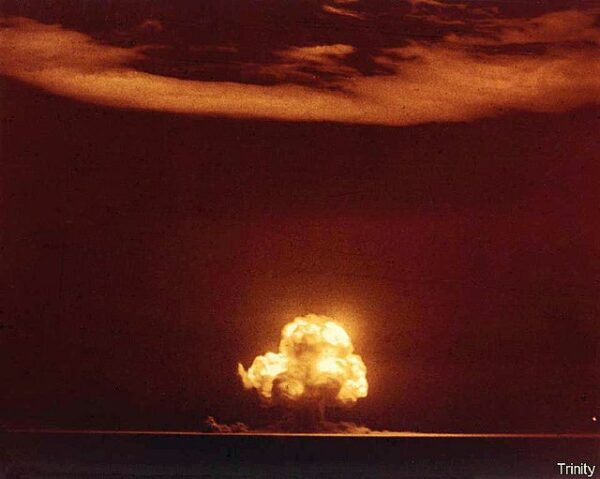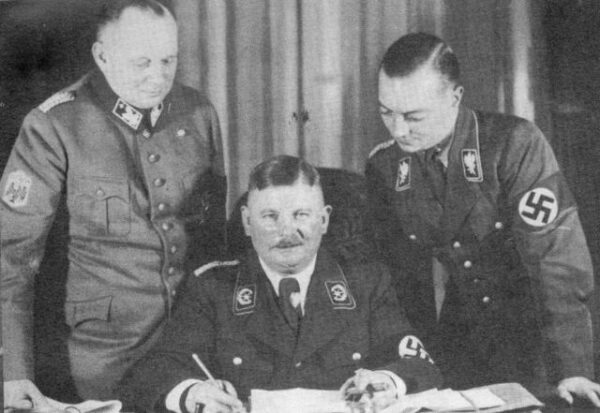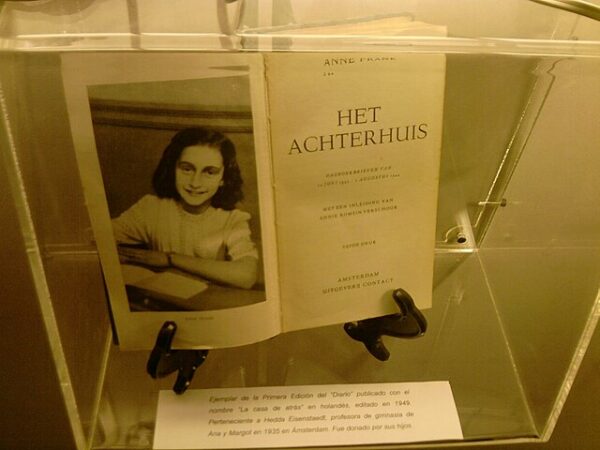The Trinity Test, conducted on July 16, 1945, marked a pivotal moment in history as the world’s first detonation of a nuclear weapon. This event was a culmination of intense scientific and military efforts under the Manhattan Project, which aimed to develop an atomic bomb during World War II. The test took place in the Jornada del Muerto desert in New Mexico, at a site now known as the White Sands Missile Range.
The Nuclear Age had begun.
The Manhattan Project was initiated in response to fears that Nazi Germany was developing nuclear weapons. Led by the United States with support from the United Kingdom and Canada, the project involved some of the brightest scientific minds of the time, including physicist J. Robert Oppenheimer, who served as the scientific director. The goal was to harness the energy released from nuclear fission to create an extraordinarily powerful weapon.
The specific site for the test, known as the Trinity Site, was chosen for its remote location, which minimized the risk to populated areas and ensured secrecy. Preparations for the test involved the construction of various facilities, including bunkers, observation posts, and a control center. A 100-foot steel tower was erected to hold the bomb, which was named “The Gadget.” The bomb was a plutonium implosion-type device, similar in design to the “Fat Man” bomb later dropped on Nagasaki, Japan.
As the test date approached, the project team faced significant technical and logistical challenges. There were concerns about whether the bomb would work as intended, and if so, the extent of its destructive power. On the night of July 15, 1945, final checks and preparations were made. The countdown began in the early hours of July 16, with the test scheduled for 5:30 AM.
At the designated time, the bomb was detonated. The explosion created an intense flash of light, visible for over 200 miles, followed by a thunderous shockwave and a towering mushroom cloud that rose to over 40,000 feet. The energy released was equivalent to approximately 20,000 tons of TNT, a force far greater than any weapon previously known. Observers, including military personnel and scientists, were awestruck by the sheer magnitude of the explosion.
The success of the Trinity Test had profound implications. It demonstrated that nuclear weapons were not only feasible but extraordinarily powerful. This realization influenced subsequent military and political strategies. Just weeks later, atomic bombs were dropped on the Japanese cities of Hiroshima and Nagasaki, leading to Japan’s surrender and the end of World War II. The ethical and moral ramifications of using such devastating weapons sparked intense debate and continue to be a subject of discussion to this day.
The Trinity Test ushered in a new era of warfare and international relations. The United States’ possession of nuclear weapons initially gave it a significant strategic advantage. However, the Soviet Union soon developed its own nuclear capabilities, leading to an arms race and the onset of the Cold War. The threat of nuclear conflict became a constant concern, shaping global politics and prompting efforts to control and limit the proliferation of nuclear weapons.
In the years following the Trinity Test, the site became a point of historical interest. It was declared a National Historic Landmark in 1965, and today, the public can visit the site during designated open house events. A simple obelisk marks Ground Zero, where the bomb was detonated, serving as a somber reminder of the dawn of the nuclear age.






